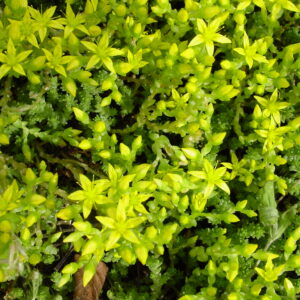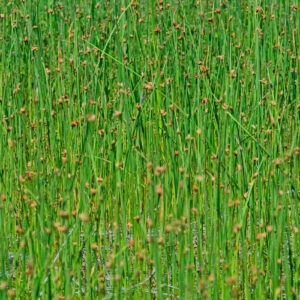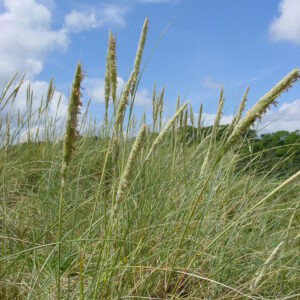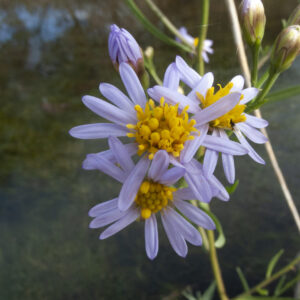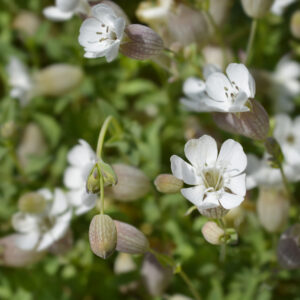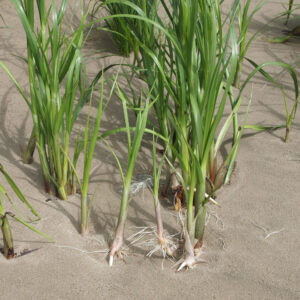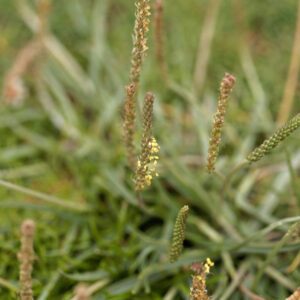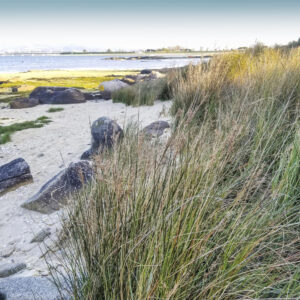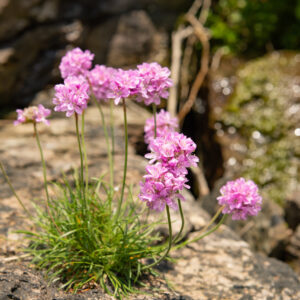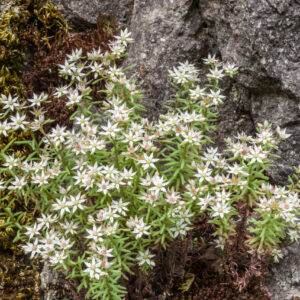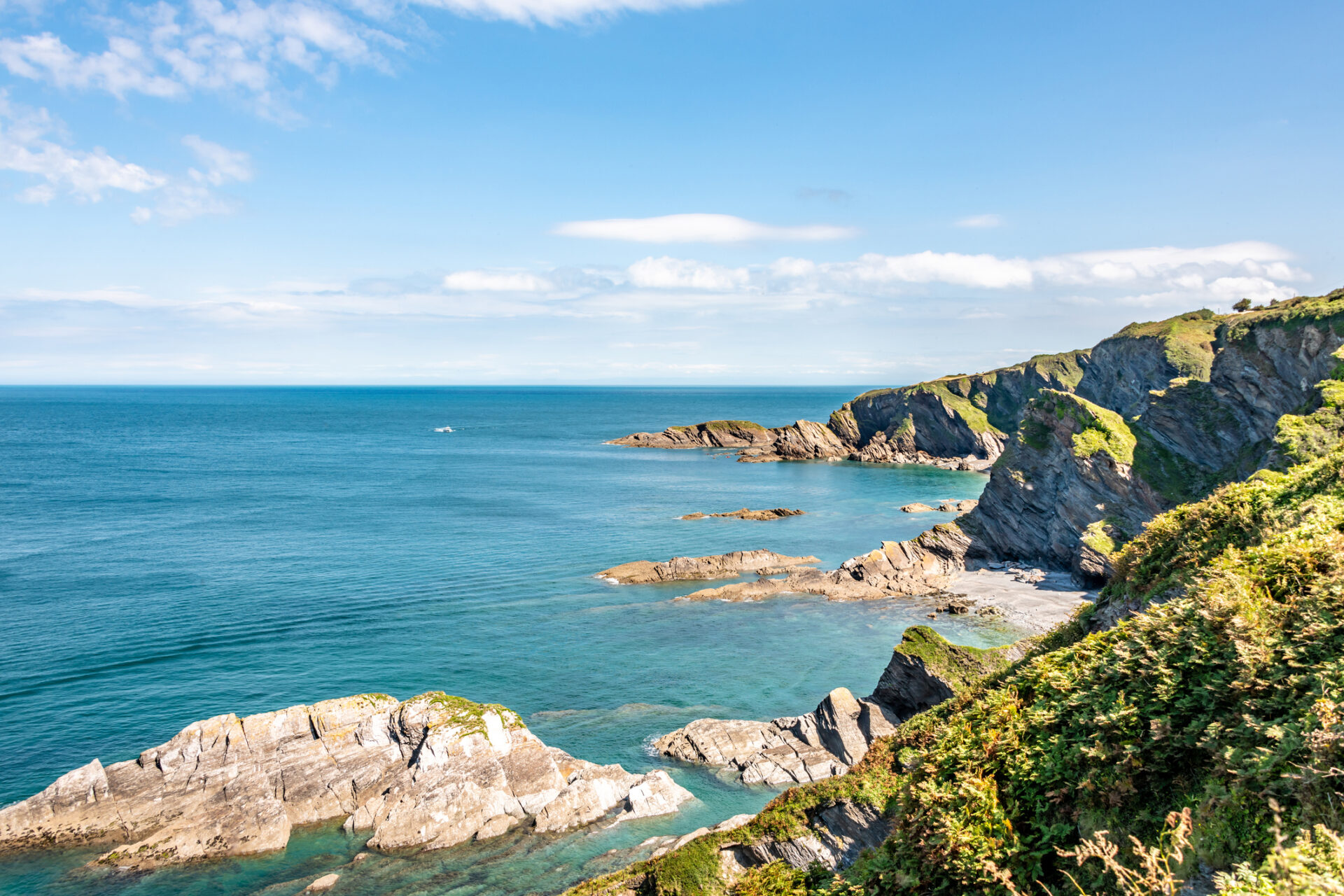


Our coastline is vast and varying, and at over 11,000 miles is home to some of our most important and botanically rich habitats. From salt sprayed coastal cliffs, estuaries and saltmarshes, species of these environments have adapted to some of nature’s most challenging conditions.
Marram Grass form and stabilises sand dunes along the Norfolk coast. This specialist plant can cope with exposed, well-drained, and salty conditions. Rich floral habitats are created as Marram Grass matures and builds the height of the dunes, creating a sheltered environment that resembles heathland. Depending on the soil conditions, a variety of species can be found in such environments including, Heather, Harebell, Bird’s-foot Trefoil, and Sheep’s-bit.
Saltmarshes are invariably different from sand dunes, and although species here must contend with salt spray and high winds, it’s an altogether unique habitat. Through tidal inundation, sea water meets fresh water, creating a dynamic and ever-changing landscape. These wetlands are constantly shifting, with sea water flooding and draining the area, creating a marshy, peaty substrate. Common Reed, Sea Club-rush, and Sea Arrow Grass grow above high water, whereas Glassworts, Sea Purslane, and Sea Lavender inhabit the lower mudflats.


